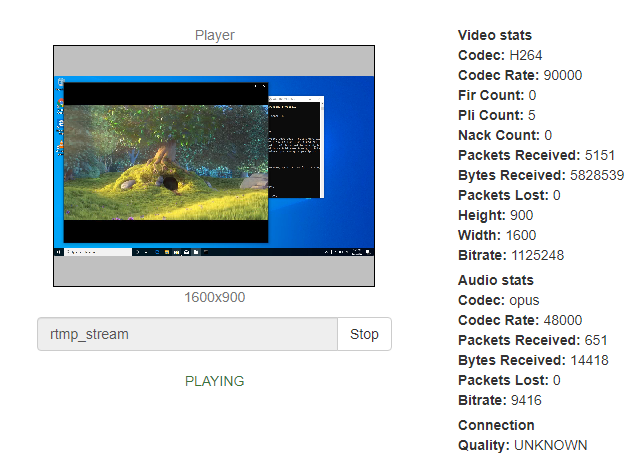

::Deletes the images.txt format so images don't double-up. 1 -f concat -i images.txt -c:v libx264 -pix_fmt yuv420p -r 30 NewVideo.mp4 -y

::Output Video Frame Rate - 30fps (required for a lot of digital signage systems to actually process the video, don't worry, size doesn't increase very much)įfmpeg.exe -r. ::File - Add together the Input of images.txt That converts the framerate but drops frames so the total duration is unaltered. ::Input Frame Rate - 0.1 frames per second = 1 image per 10 seconds. (Im doing this on windows but normally would be on linux). ::This requires the file "ffmpeg.exe" be in the same directory as the photos ::If you ever need "long-format" (C:\Folder\image1.png vs image2.png) you can put /r after the "for" command. ::The images.txt file will be fed into ffmpeg for processing of video files. This can take quite some time to process depending on your hardware. ffmpeg -i slowmotioninputnoaudio.mp4 -vf 'setpts10PTS' slowmotion24fps.mp4. Go to Save As to select an output folder and give the file a name. Now, I'll run this through ffmpeg again, applying the setpts filter to slow the video down by a factor of 10. Open the Video option, and choose H.264 in Video Codec. Adding -r as an output option will change the framerate of the output if you need it to be different than your -framerate value.
Windows ffmpeg convert frame rate mp4#
Choose a format container for the H.264 file, MP4 or MKV in Summary. PNG files in a list by listing the files in a loop, and outputting to a text file called images.txt. Open HandBrake and load your MP4 file to it. ::This creates a "short-format" list of any. ::Import screenshots/photos, and export them into a MP4 to be uploaded for digital signage displays or other uses. JPG, whatever you’re converting), and copy in ffmpeg.exe.Ĭreate a new text file and change the file extension to.
Windows ffmpeg convert frame rate zip#
The only file you will need from this ZIP is ffmpeg.exe.Ĭreate a new folder on your desktop, copy in your images (.PNG or. Get the binary for ffmpeg.exe from: and click the Windows Build download link. Here is my solution, hoping someone out there finds it helpful. I needed something simple enough I could give it to a common user, and get them creating video slideshows. So many of the conversion guides require Linux or OSX to use the Blob (wildcard) feature for inputting file-names, but it doesn’t work on Windows. This was way harder than I expected it to be without spending $60-100 on complex video editing software. PNG images, and export them to a video-slideshow as a MP4 container on a Windows computer.


 0 kommentar(er)
0 kommentar(er)
